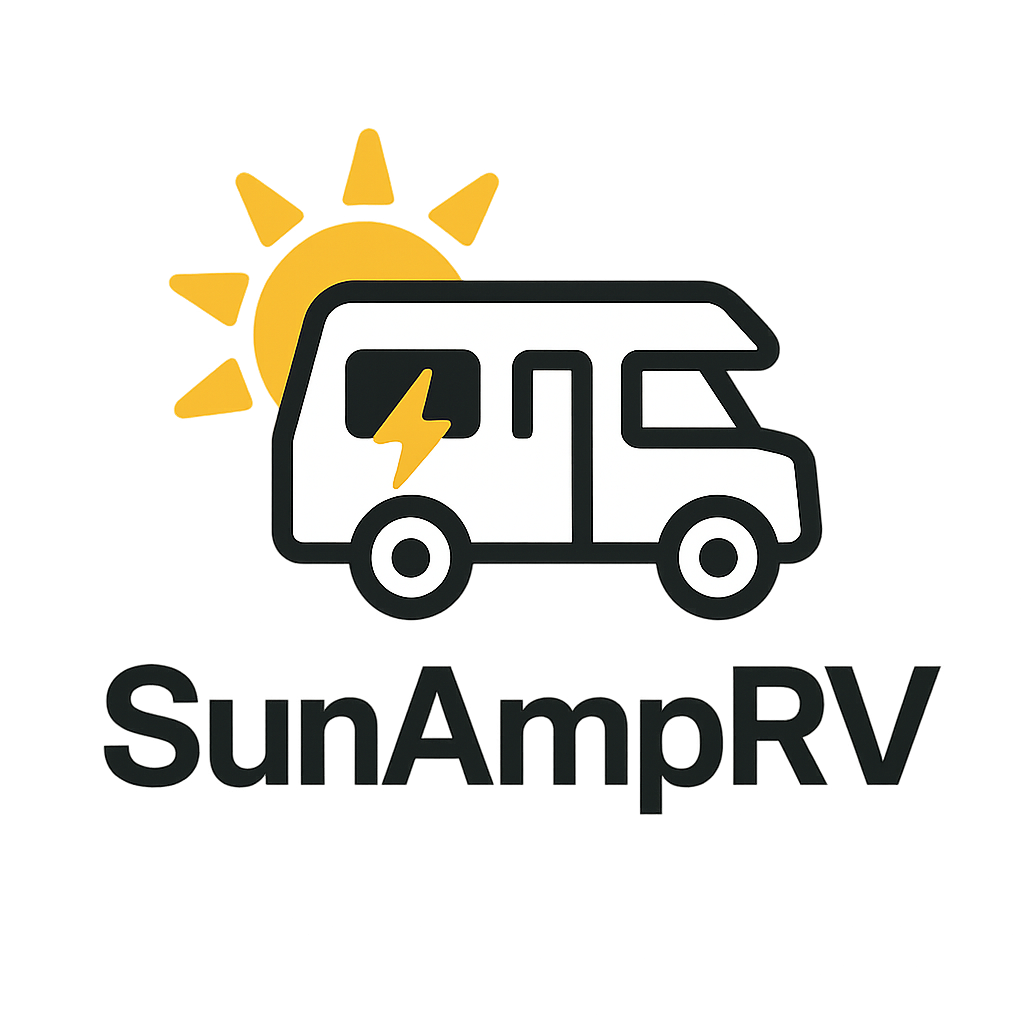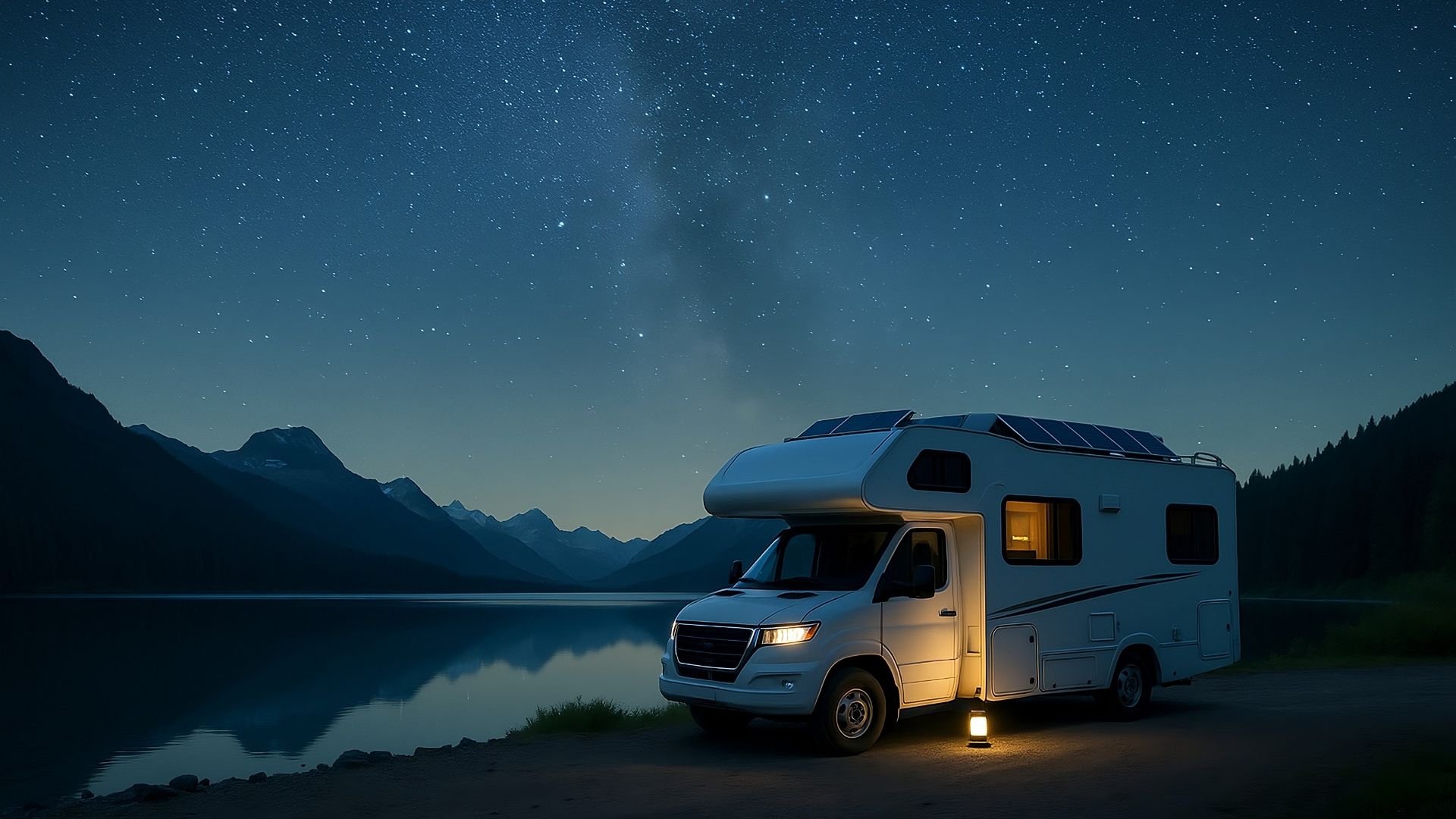
Harnessing solar energy for your motorhome is a great way to enjoy off-grid adventures while staying powered up. Choosing between flexible and rigid solar panels is a crucial decision that can impact your efficiency and installation process. This guide will help you understand the differences, benefits, and installation steps for both types of panels.
Understanding Solar Panels for Motorhomes
Solar panels are essential for motorhome owners looking to enhance their energy independence. They convert sunlight into electricity, which can be stored in batteries and used to power appliances. The two main types of solar panels for motorhomes are flexible and rigid panels.
Flexible vs Rigid Solar Panels
Flexible Solar Panels
Flexible solar panels are known for their lightweight and versatile design. They can be easily installed on curved surfaces, making them ideal for unconventional motorhome roofs. Although they are less efficient than rigid panels, their portability and ease of installation make them a popular choice.
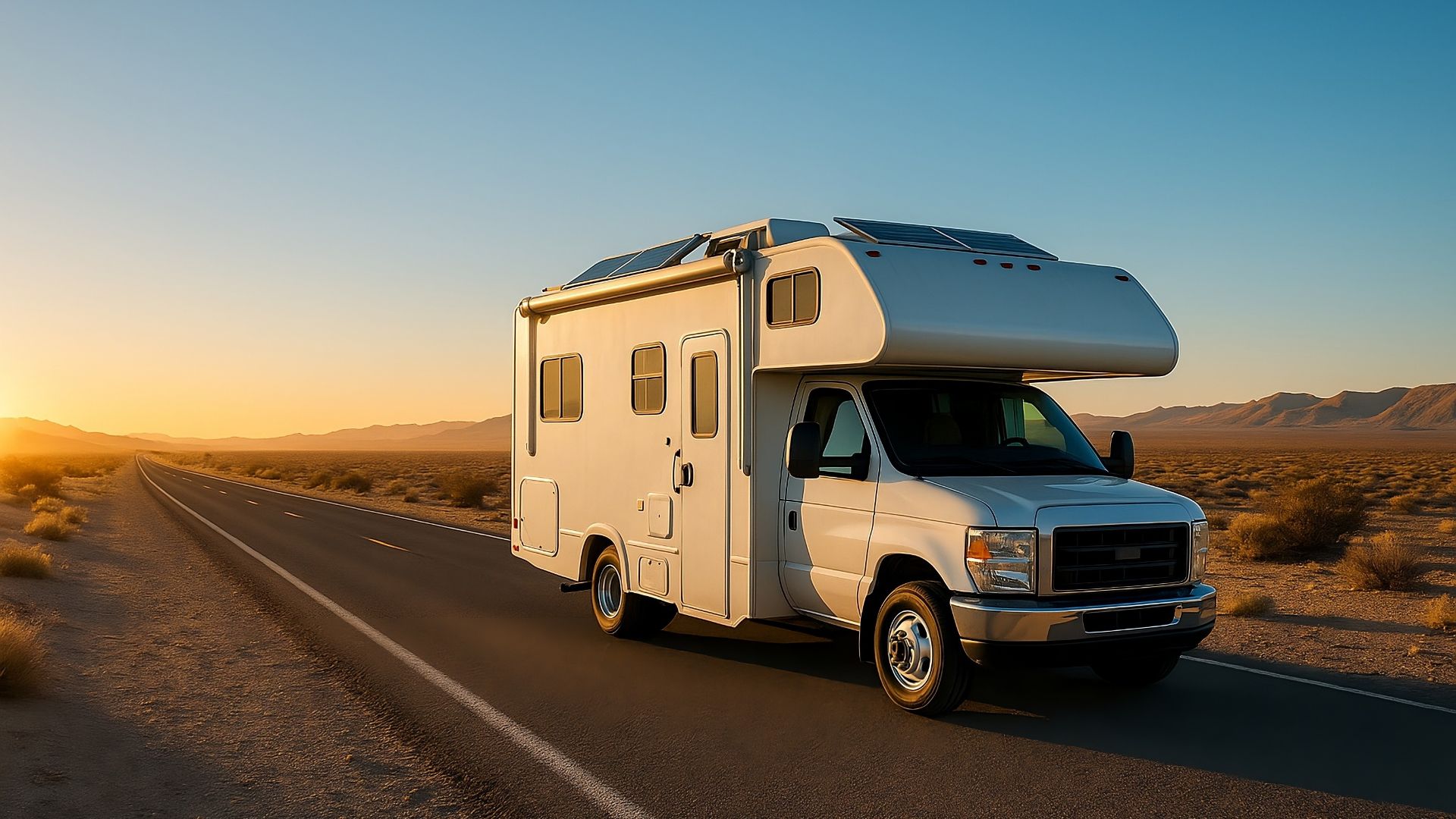
- Pros:
- Lightweight and easy to install
- Can be mounted on curved surfaces
- Durable and resistant to impacts
- Cons:
- Generally less efficient
- Shorter lifespan compared to rigid panels
Rigid Solar Panels
Rigid solar panels are more traditional and are usually made with a sturdy frame. They are known for their high efficiency and longevity, making them a reliable solution for those who need robust energy production.
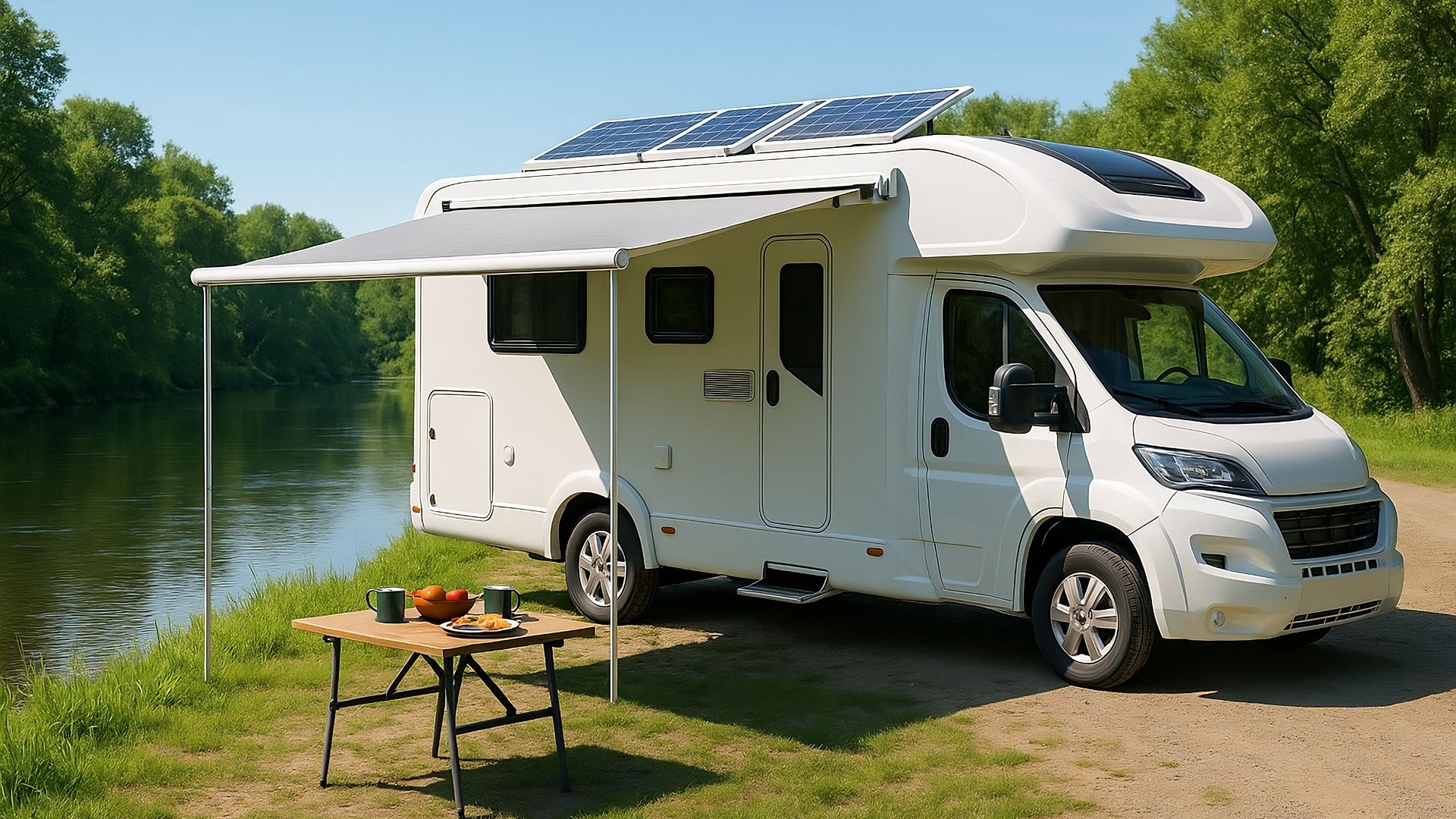
- Pros:
- Higher efficiency
- Longer lifespan
- Can withstand harsh weather conditions
- Cons:
- Heavier and more challenging to install
- Requires a flat mounting surface
Which Type is Right for You?
Choosing between flexible and rigid panels depends on your motorhome’s design, your energy needs, and your budget. Flexible panels are suitable for those with curved surfaces or who prioritize ease of installation. Rigid panels are ideal for flat surfaces and those needing higher efficiency.
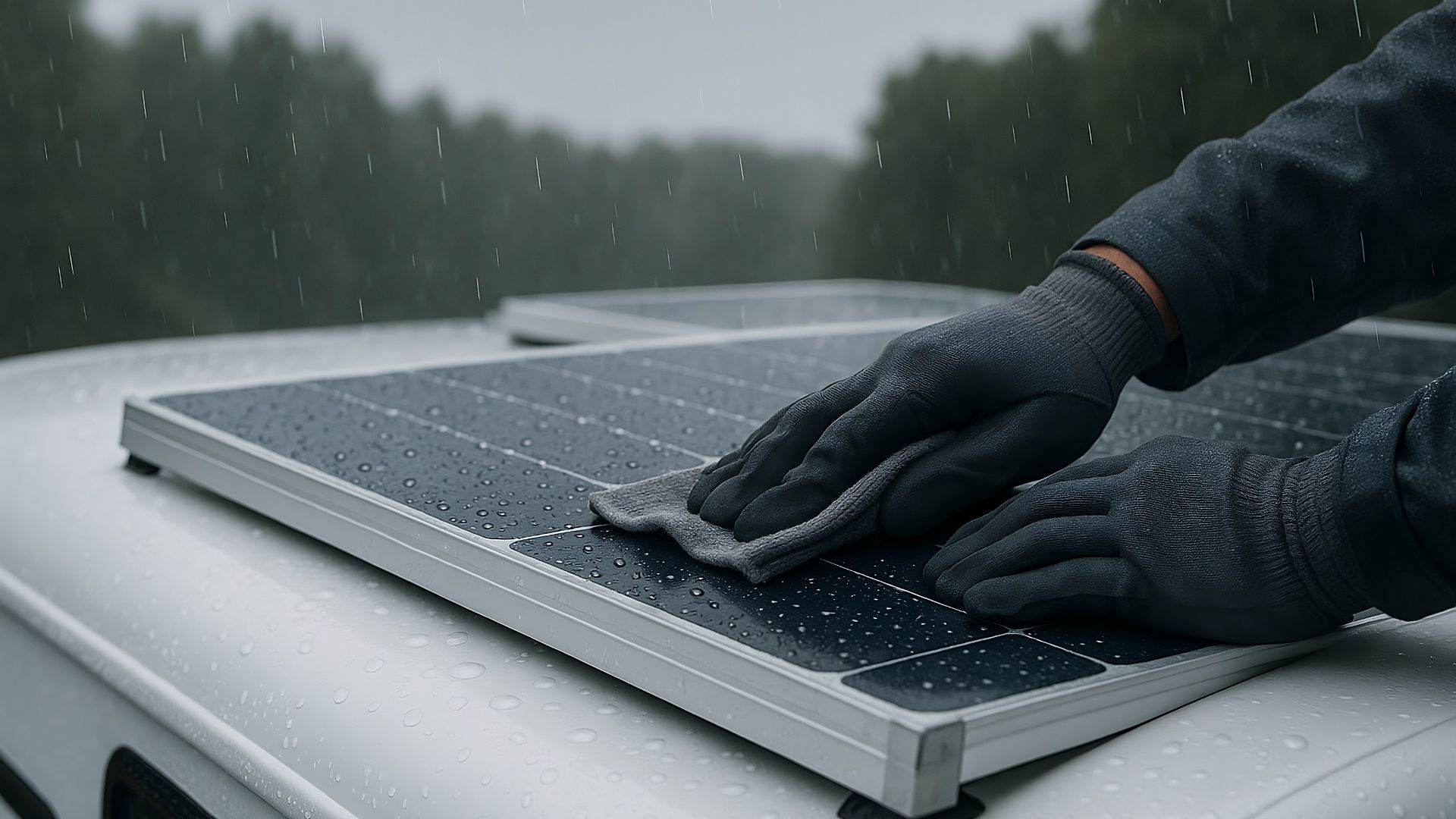
Installation Steps for Solar Panels
Here’s a step-by-step guide to installing solar panels on your motorhome:
- Assess Your Energy Needs: Determine how much energy you require to power your appliances. This will help you choose the right panel size and quantity.
- Select the Right Panels: Depending on your needs, choose between flexible or rigid panels. Consider using the Renogy 200 W Monocrystalline Solar Starter Kit for a reliable option.
- Gather Necessary Equipment: Ensure you have all required components, including a charge controller, batteries, and mounting hardware. The Victron SmartSolar MPPT 100V 30A Charge Controller is a great choice for efficient energy management.
- Mount the Panels: Clean the surface and mount your panels. Use the appropriate brackets for rigid panels or adhesive for flexible ones.
- Connect the Wiring: Safely connect the panels to the charge controller and then to the battery system. Consider using the Battle Born 100Ah 12V LiFePO4 Deep Cycle Battery for optimal storage.
- Test the System: Once everything is connected, test the system to ensure it’s charging correctly.
Maintaining Your Solar Panels
Regular maintenance is crucial to keep your solar panels functioning efficiently. Clean the panels regularly and check connections to prevent any energy loss.
Portable Solar Options
For those who prefer a portable solution, consider options like the Jackery Explorer 1000 v2 Portable Power Station or the BougeRV 130 W Foldable Solar Panel Kit. These systems offer flexibility and can be easily stored when not in use.
Conclusion
Solar panels offer an eco-friendly and efficient way to power your motorhome. Whether you choose flexible or rigid panels, understanding their advantages and installation process is key to maximizing your energy independence. By following these guidelines, you can enjoy the freedom of the open road with a reliable power source.
Ready to power your adventures? Explore your options with the EcoFlow DELTA 2 Portable Power Station and Bluetti AC70P Portable Power Station for top-tier portable solutions.
